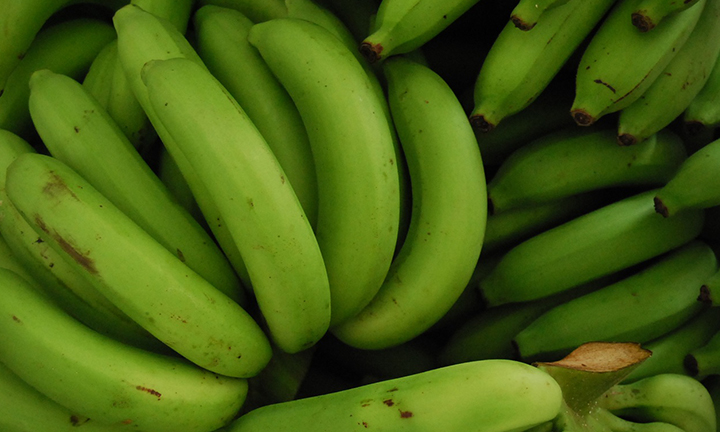SOURCE: Vishwa Mohan, Times of India
India’s use of technology for crop improvement might be finally catching up after years of neglect with Indian scientists making progress in using gene-editing to develop Vitamin A-rich banana and improved varieties of rice, millets, pulses and tomato even as absence of a regulatory policy prevents their release for commercial use.
Though the department of biotechnology (DBT) has prepared detailed guidelines on how to use gene-editing to improve crop varieties, the regulatory body Genetic Engineering Appraisal Committee (GEAC) is yet to distinguish it from genetically modified (GM) technology and is still considering the matter solely from transgenic angle despite clarifications from top scientific academies and research institutions.
There is a fresh spotlight on gene-editing with Emmanuelle Charpentier and Jennifer Doudna winning the Nobel for developing a method (CRISPR-Cas9) for genome editing. This process may be less problematic for opponents of GM despite discussions on the technology’s potential to impact human heredity. The Indian research is, however, on crops.
Unlike GM (transgenic) technology which introduces foreign DNA (like insertion from a different species), gene-editing modifies existing genes in a precise manner by making specific targeted changes in the genome of an organism. But since there is a possibility of gene-editing also inserting new genetic material of different species, regulators are wary of taking a final decision on guidelines.
“Many people are confused that gene-editing is like genetic engineering (transgenic system). But here we have to distinguish which is a normal breeding-like approach within the genera,” said R S Paroda, eminent agriculture scientist and former director general of Indian Council of Agricultural Research (ICAR). “Gene-editing should not be treated as transgenic and it should not come under the same regulatory system which has been regulating GM crops,” he said.
The programmable gene-editing system allows scientists to make changes in the genome of an organism to come out with nutrient rich, high yielding, disease resistant, herbicide tolerant and abiotic stress tolerant varieties of crops which can substantially reduce input costs of farmers.
Among the various methods of gene-editing, the CRISPR-Cas9 system, developed by Charpentier and Doudna, is considered the most favored for being precise and a sharp tool for gene editing.
Since utilizing genetic variation to develop new crop varieties through conventional breeding needs years of effort comprising cross pollination, rigorous selection of progeny for individuals with desired traits, scientists in US, Japan, Australia, China and Brazil are preferring CRISPR-Cas9 which can create desired variations more precisely and without affecting other characters of a variety.
“This enables new varieties to be produced quicker and enables breeders to significantly cut down on time, labour and cost,” said Paroda.
In India, the DBT’s National Agri-Food Biotechnology Institute, Mohali is using CRISPR-Cas9 to carry out a change in bananas. Besides the ICAR institutes are also involved in application of this technology for enhancing stress tolerance and nutritional quality in a number of crops.
The Hyderabad-based International Crops Research Institute for the Semi-Arid Tropics (ICRISAT) has signed an agreement with US-based Corteva AgriScience, which holds license for MIT and Harvard CRISPR technologies, to get access to CRISPR related resources for crop improvement.
“The CRISPR-Cas9 gene editing technique has opened enormous opportunities for creating at will desired variations in crop plants, animals, fish and microorganisms. Scaling this disruptive innovation would not only help in meeting sustainable development goals (SDGs) but would ensure global food, nutrition and environmental security,” said Paroda.
Since new crop varieties do not contain foreign genetic material, many countries like the USA, Japan and Australia have exempted such edited variants from regulations.

